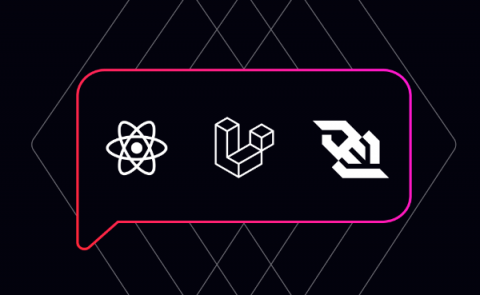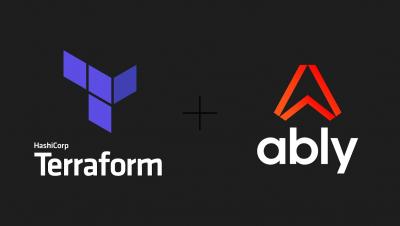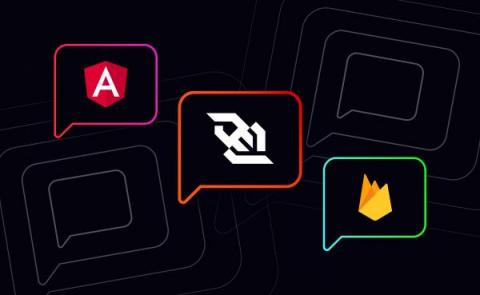What it takes to build a realtime chat or messaging app
We all expect online experiences to happen in realtime. Messages should arrive instantly, dashboards should deliver business metrics as they happen, and live sports scores should broadcast to fans around the world in a blink. This expectation is even higher for chat, which is now embedded in everything from e-commerce platforms to online gaming. But building realtime chat requires some heavy lifting—especially if you’re starting from scratch.











